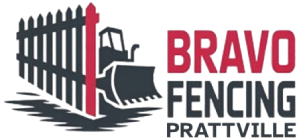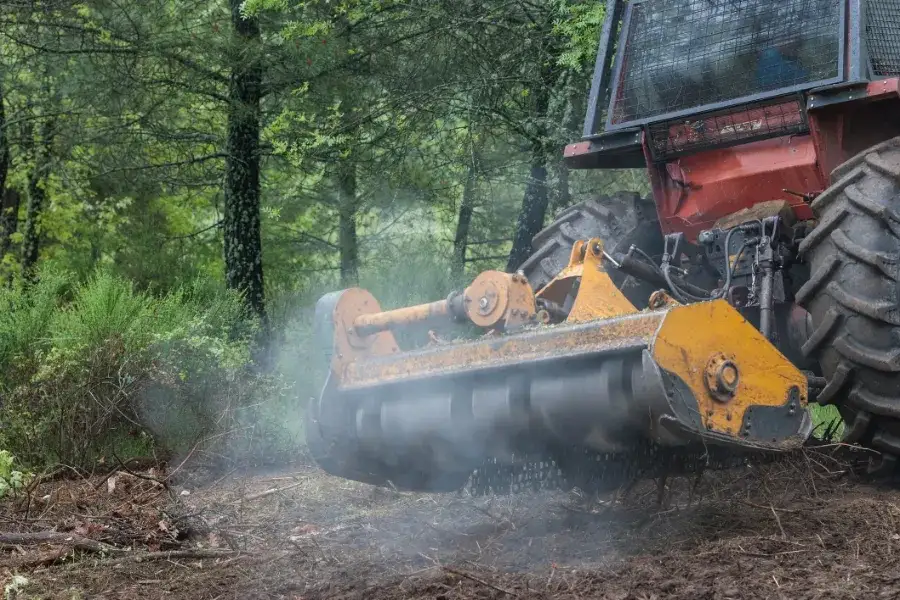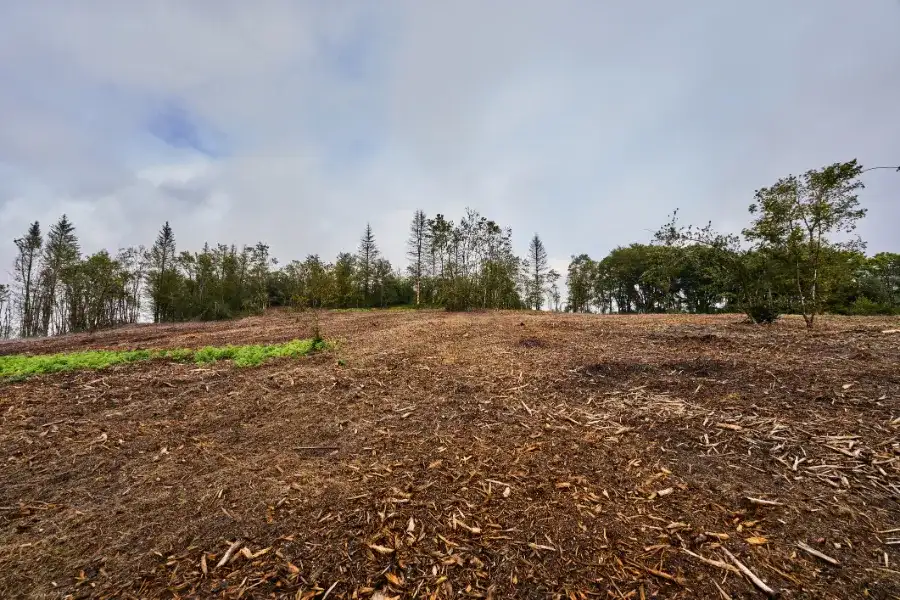The Role of Land Clearing in Fence Construction
Preparing land for fence installation can be a challenging task, especially when dealing with dense vegetation and uneven terrain. Proper land clearing is essential to ensure that the area is suitable for fence construction. This process involves removing trees, shrubs, and other obstacles that could hinder the installation. By doing so, you create a clear path for the fencing and prevent future issues like unwanted plant growth. The right preparation not only simplifies installation but also ensures your fence remains stable and durable over time.
The Benefits of Using Forestry Mulching
Forestry mulching offers several advantages when preparing land for fence installation. This technique uses specialized machinery to grind down trees, brush, and stumps into mulch, leaving a layer of organic material on the ground. One benefit is that it minimizes soil disturbance, which helps maintain the integrity of the land. Additionally, this method is eco-friendly as it recycles plant material back into the soil, enriching it with nutrients. Forestry mulching also requires fewer resources and time compared to traditional methods like bulldozing.
Improving Land Accessibility Through Efficient Techniques
When installing a fence, accessibility to the worksite plays a crucial role. With forestry mulching, access paths can be quickly created without causing significant damage to the surrounding environment. By grinding plant matter into mulch, this method keeps erosion to a minimum and provides a stable surface for workers and equipment. These factors contribute to a smoother and faster fence installation process, ultimately saving you time and reducing potential delays.
Preparation Steps Before Fence Installation
Before starting any fence project, certain steps should be taken to ensure success:
- Assess the land for slopes, rocks, and water drainage issues.
- Select the appropriate fencing materials based on environmental conditions.
- Create a detailed plan outlining fence placement and design.
- Address any legal requirements or permits needed for construction.
Addressing Common Challenges in Land Preparation
One challenge in preparing land for fences is dealing with rocky terrain or areas prone to flooding. In such cases, careful planning and proper techniques are necessary. Using machines that adapt to different soil types can help avoid damaging equipment and ensure a smooth operation. Additionally, paying attention to weather conditions during preparation stages can prevent complications from rain or extreme temperatures.
Best Practices for Successful Fence Installation
To guarantee effective fence installation, follow these best practices:
- Regularly inspect equipment for wear and tear before use.
- Ensure safety measures are in place for all workers on-site.
- Communicate clearly with your team regarding tasks and timelines.
- Use high-quality materials suited for local climate conditions.
Understanding Cost Implications and Value
The cost of preparing land through techniques such as forestry mulching depends on several factors including the size of the area and density of vegetation. However, investing in efficient land-clearing methods can lead to long-term savings by reducing maintenance costs. Furthermore, properly prepared land contributes to extended fence life span and improved property value by enhancing curb appeal.
Your Next Steps Towards A Perfect Fence Installation
Taking the right steps in land preparation sets the stage for successful fence installation. When you’re ready to start your project, consider using advanced techniques tailored to your specific needs. At Bravo Fencing Prattville, our experts are eager to assist you with every step of the process. Contact us at (334) 651-6932 to learn more about how we can help you achieve optimal results. Based in Prattville, AL, we proudly serve our community with top-quality solutions tailored just for you.


